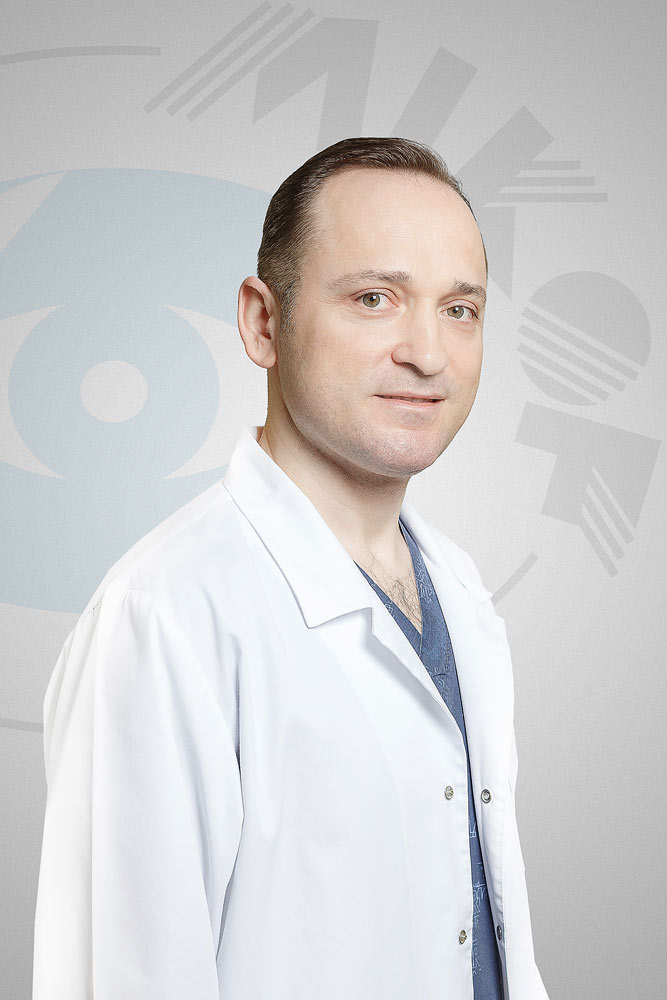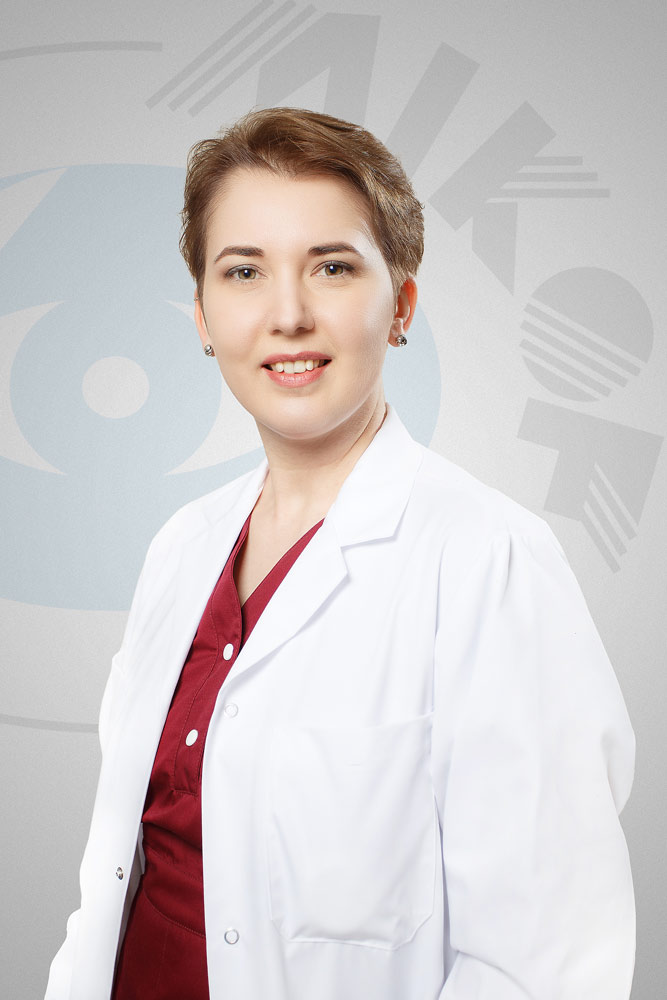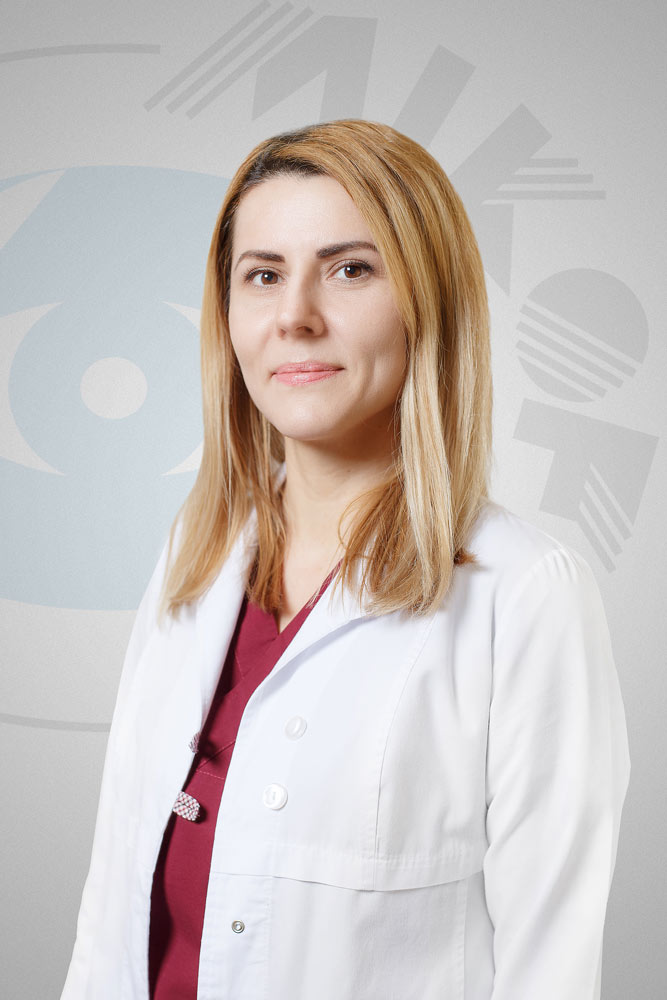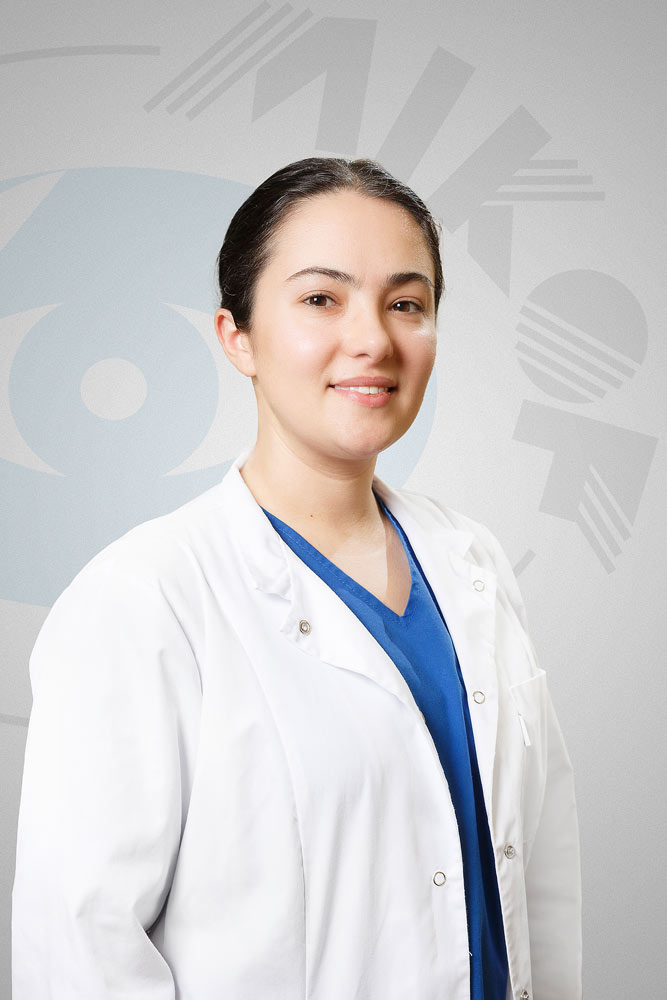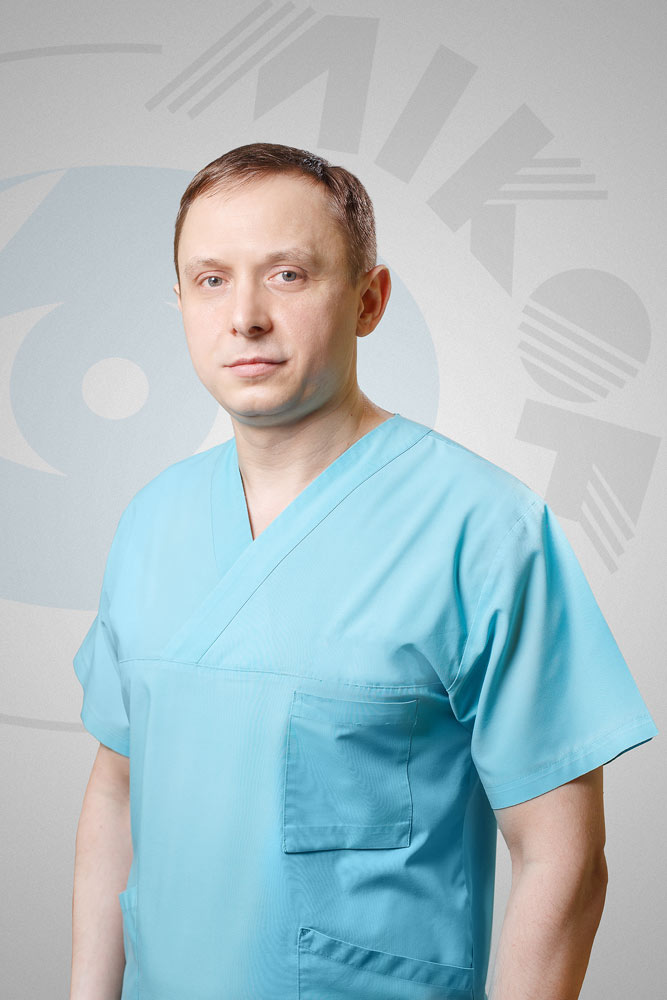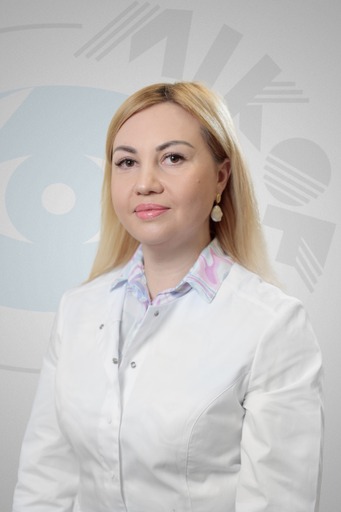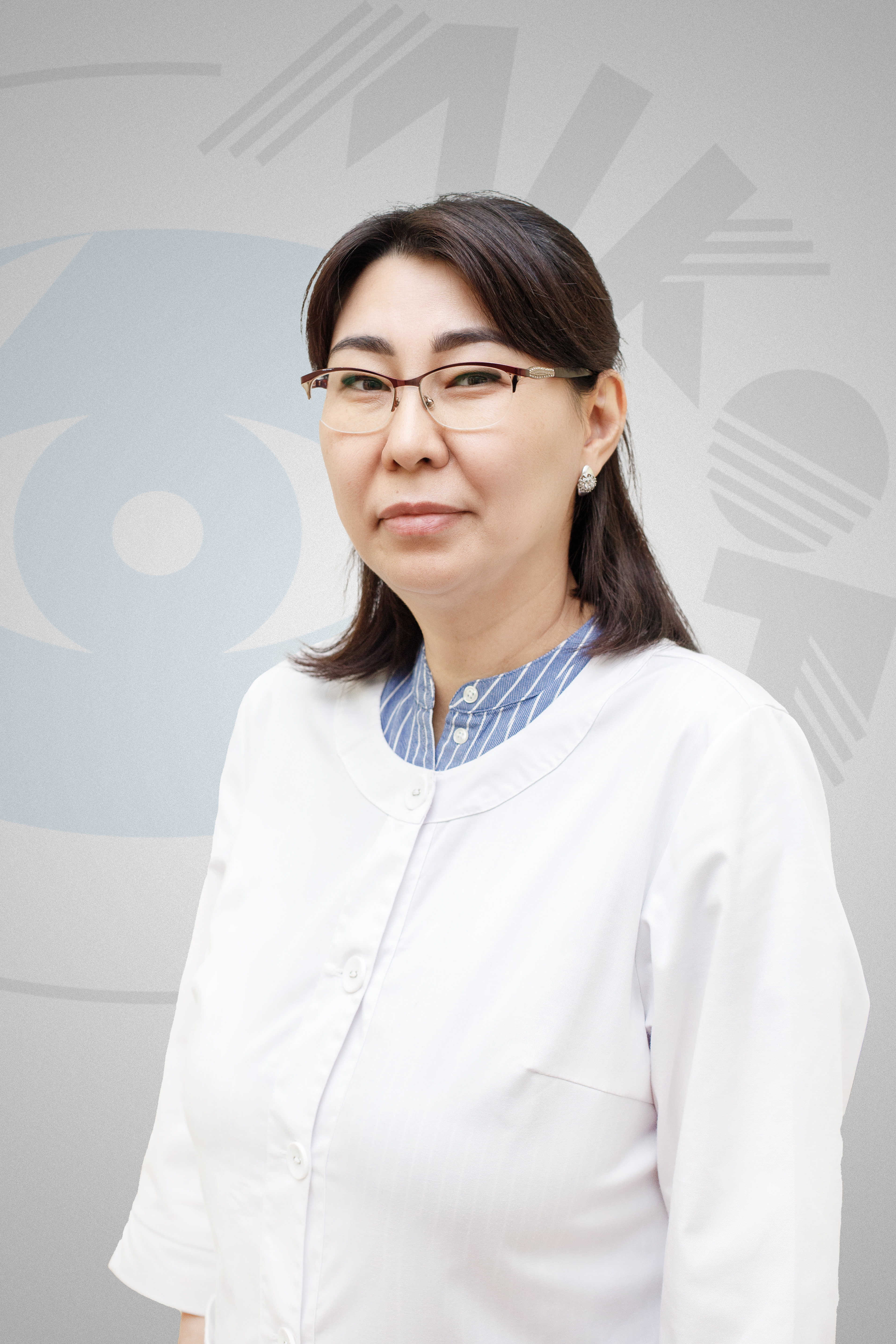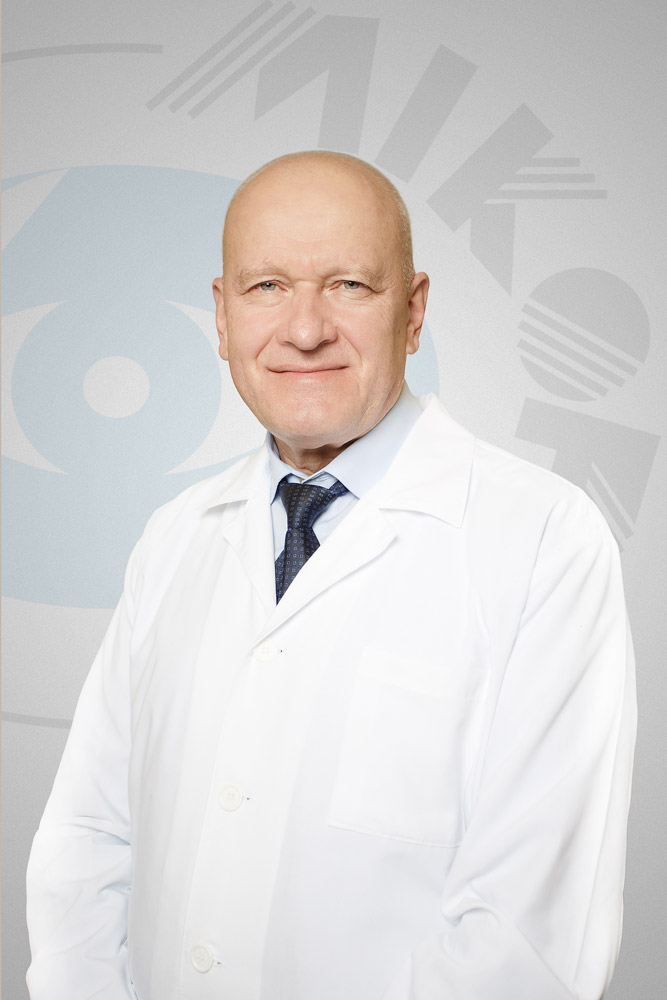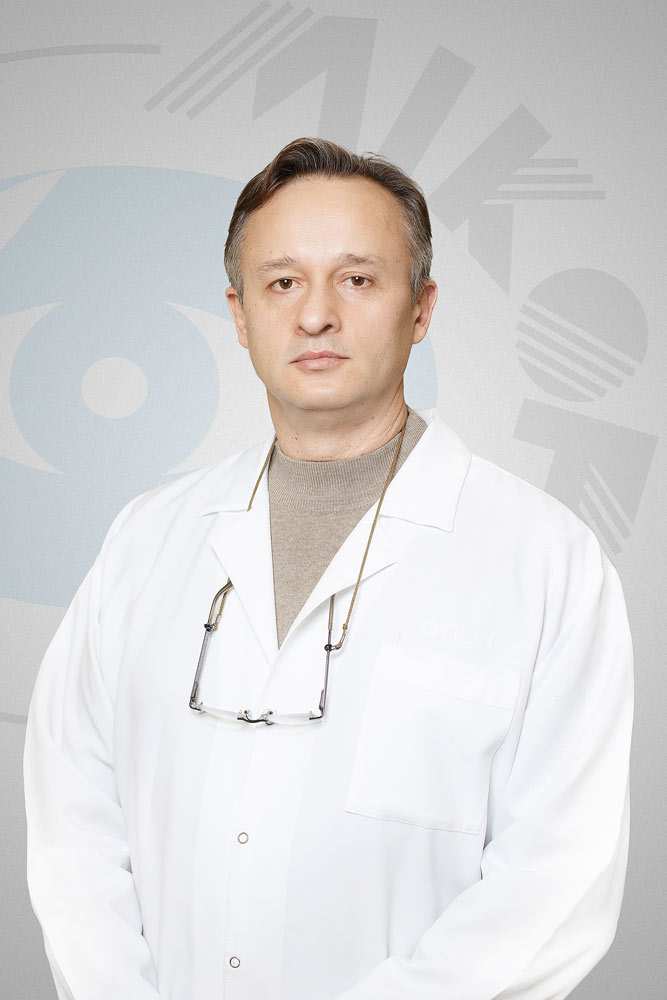Computed tomography
Tomography
With the advent of new high-tech research methods significantly increased diagnostic capabilities in ophthalmology. One such method is the optical coherence tomography, which allows his lifetime morphometry of the retina and optic disc and evaluate structural changes to a new level.
As is known, on histological sections of the retina consists of 10 layers, most of which can be determined during the scan of optical coherence tomography.
The main task during the optical coherence tomography of the retina is to clarify the nature of pathological changes in the optical sections of the retina and optic nerve. It violates both the anatomical integrity of the structure and its reflective properties in the form of pathological diffuse or focal hyper- or giporefleksatsii. The reasons for abnormal giperrefleksatsii optical sections of the retina can be: hard exudates, hemorrhage, accumulation of pigment, scars, inflammatory infiltrate, fibrovascular proliferation. Such pathological changes in both intra- and subretinal fluid, retinal edema, the presence giperreflektiruyuschih shielding structures, defects in the pigment epithelium layer, as well as artifacts lead to lower reflectivity optical slice of the retina. No less important is also an evaluation of quantitative indicators and the definition of the topography of the pathological process, its localization and extent. Optical coherence tomography can also carry out an objective assessment of the disease with the help of follow-up.
Indications for administration to a patient optical coherence tomography are pathological changes in the macular area of the retina (dry and wet forms of age-related macular degeneration, diabetic and hypertensive retinopathy, macular breaks, central serous chorioretinopathy, etc.) And diseases of the optic nerve (optic neuropathy of various origins, Druze OND, mielinovyne fiber optic disc pit) and glaucoma.


